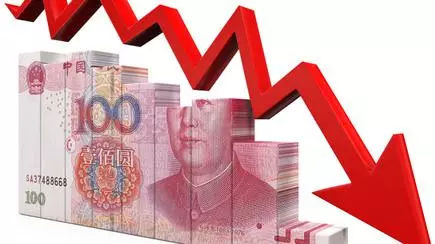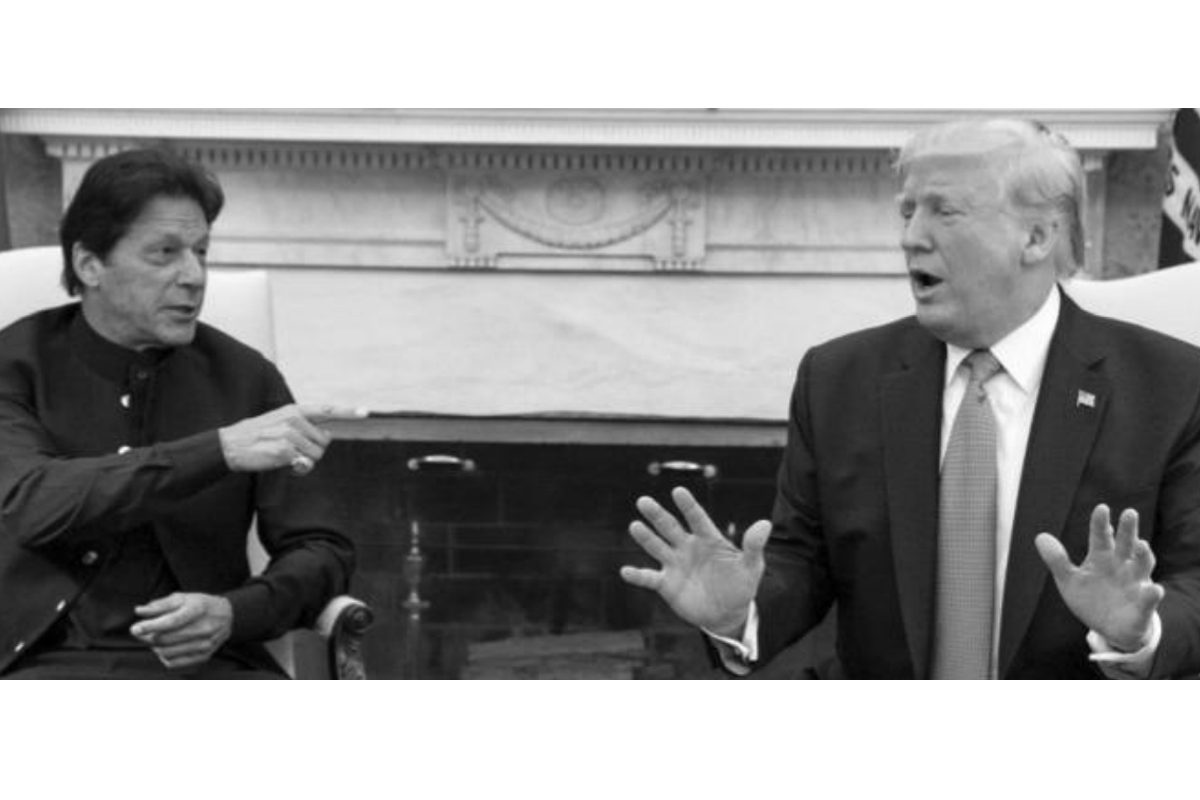
Yuan Falls below 7: Prelude to a Currency War?
(Taiwan) on 10 August 2019
by (link to original)
Now that the yuan has broken below the seven threshold, will it stay there or is it temporary? Can it bounce back? Or will it keep falling? After the yuan fell below seven, the People’s Bank of China lowered prices and U.S. and international stock markets rose, which indicates that Chinese authorities currently are inclined toward a temporary depreciation. They are giving Donald Trump a glimpse of the many retaliatory tools China has should the U.S. impose an additional 10% tariff on $300 billion worth of Chinese goods. Moreover, the yuan exchange rate can be lowered with one word, and the importation of U.S. agricultural products can be stopped with one command. As to whether the temporary depreciation will become permanent, the key factor is the degree to which the U.S.-China trade war intensifies.
In fact, one of Trump’s core ideas in starting this trade war was that the U.S. can increase tariffs, but China cannot let the yuan depreciate. This kind of thought is both arrogant and ridiculous. Trump is very clear that once the yuan depreciates, some of the effects caused by the tariffs will be offset. However, it is unclear whether he understands that by increasing tariffs, the yuan must be devalued. First, increasing tariffs will hurt Chinese exports, suppress China’s economic growth, and lessen willingness to invest in China. Thus, China must relax its monetary policy, which can of course cause the yuan to depreciate. Second, the growing trade war has weakened global trade and growth, causing increased uncertainty. As a result, funds are flowing to safer U.S. dollar assets, and Chinese assets will flow more quickly out of the country. Therefore, the market will of course anticipate the depreciation in the yuan, eliminating the need for the authorities to devalue it. These are the ABCs of economics and market operations. One can only hope that Trump actually understands them and is pretending to be confused; to imagine otherwise is scary.
Looking at the trend of the yuan over the past year confirms that the yuan exchange rate rises and falls with U.S. tariff measures. Its highest point was from February to March of last year, at a value of approximately 6.3 yuan per dollar. Starting last May, the U.S. imposed a 25% tariff on $50 billion worth of Chinese goods, later adding a 10% tariff on $200 billion worth of goods, after which the yuan quickly fell below seven. The difference in fluctuation just happened to be 10%, entirely offsetting the impact of U.S. tariffs on Chinese exports.
After the meeting between Trump and Xi Jinping, at which both sides agreed to stop ramping up the heat, the yuan miraculously increased in value by 38.2% (the golden ratio). This May, Trump again increased tariffs to 25% on $200 billion worth of goods, and the yuan once again depreciated. Now that the U.S. has announced a 10% tariff on $300 billion of goods, effective in September, and threatened a possible tariff increase to 25%, the yuan immediately broke the seven threshold. If the threat is implemented, it wouldn’t be surprising if the yuan depreciated to 7.2-7.3 yuan per dollar.
The U.S. announcement that China is a currency manipulator is merely a dog whistle in U.S. domestic politics to increase congressional and public support for Trump’s tariff measures. However, it is unlikely it will cause the U.S. dollar to depreciate against the yuan. First, the U.S. determination that China is a “currency manipulator” is unreasonable because currency manipulation by China is outdated and doesn’t fit the current standard of currency manipulation that the U.S. has established. Although China has a trade surplus, current account balances periodically experience trade deficits. Although Chinese officials interfere in foreign exchange markets, the effect on the exchange rate is to lower it, not increase it. Although the U.S. raised the issue with the International Monetary Fund, the IMF found no evidence that China was manipulating currency when it investigated a few months ago.
Second, the Trump administration does not have many tools it can use to drive down the dollar. Although markets worry that the U.S. will directly intervene in the exchange market, the U.S. is unlikely to sell the dollar. The current practice is to continue to pressure the Federal Reserve Board to cut interest rates and increase the interest rate gap between the dollar and the yuan. To achieve the desired results, however, the interest rate must be cut substantially, and the Fed might not necessarily cooperate to the degree needed. Moreover, the People’s Bank of China might follow suit by also cutting interest rates, cancelling out the maneuvers by the U.S.
Trump had a second core idea in starting the trade war: to intensify the war with a war. Pressuring the Fed to substantially cut interest rates by exacerbating the trade war can help U.S. economic growth − and Trump gets to engage in a currency war with other countries.
Therefore, while a currency war might take place, the battle might not be between the U.S. and China, because the U.S. is not in a position of power. The first battle might be a competition in depreciation between the U.S. dollar and the euro and yen. However, the scale will not be large because the central banks in the U.S., EU and Japan have limited room in which to relax policies.
The second battle will be between other emerging currencies, including the new Taiwan dollar, that are forced into a depreciation competition with the yuan. This will cause some emerging economies with large amounts of foreign debt to suffer greatly and might even trigger partial financial crises. This is the greatest worry when it comes to the effect this trade war and subsequent currency wars will have on global economies and financial markets.

